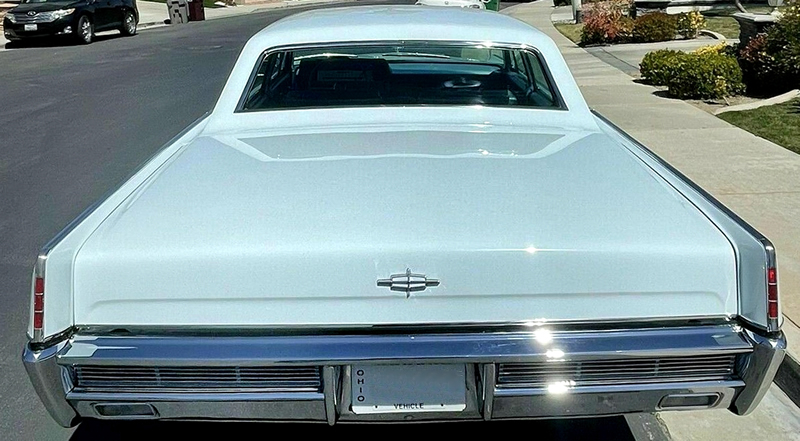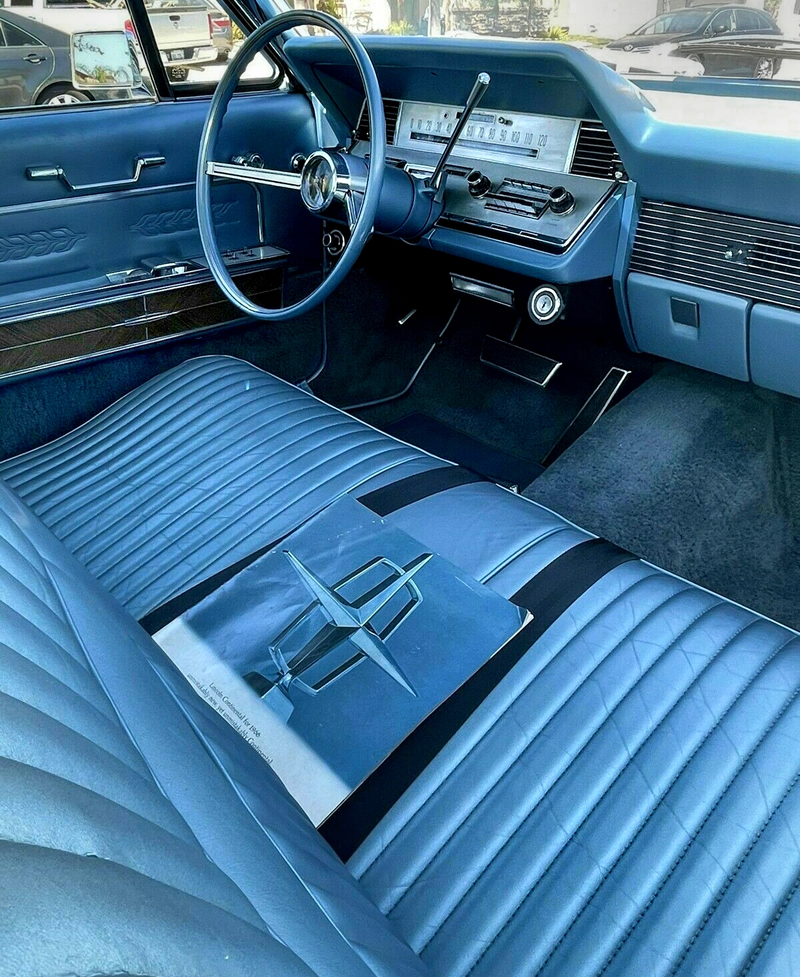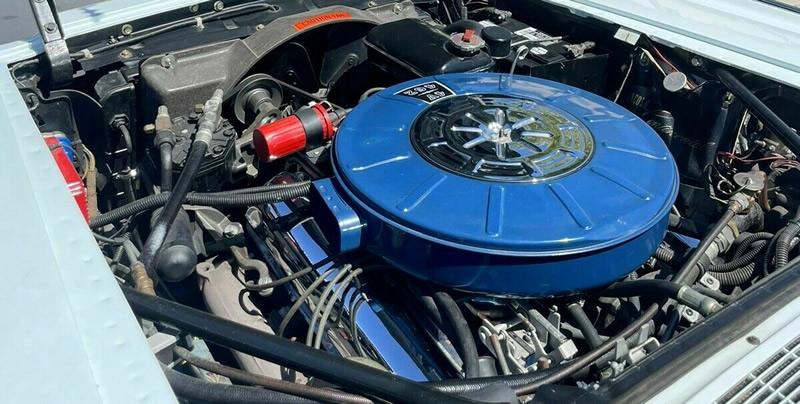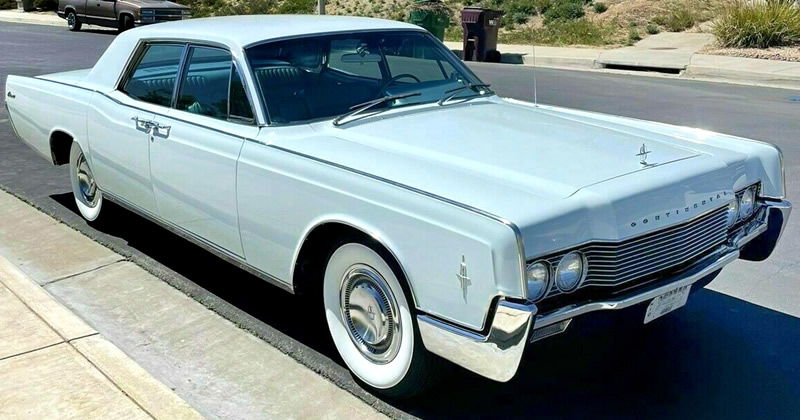In the more than century-long history of the Ford Motor Co., the Lincoln brand has been on the chopping block at least three times and has escaped – albeit narrowly once or twice – pretty much unscathed because something fortuitous happened.
At perhaps its lowest point, the marque was in bankruptcy in 1922 when Henry Ford bought the foundering automaker. His reason was simple, according to various auto histories, he wanted to get his wife out of the Cadillac limousine in which she was riding and into a Ford product. Ford also put his son Edsel in charge of this line and he would get it into shape by offering a line of upscale – for the era – limos that appealed to the same folks who bought LaSalles, Cadillacs and such vehicles.
The next time that Lincoln faced oblivion was during the Depression of the 1930s when everything hit rock bottom. All of the automakers were struggling, but, by this point in the history of driving, the country was firmly launched on its automotive course, so people, despite their economic conditions, needed vehicles, whether they were simple Model Ts or As or Chevys. The crisis facing upscale firms like Lincoln was that its products were aimed at the upscale buyer who used a driver, rather than driving himself or herself. Still, the fact that Edsel Ford headed this division saved it from the axe, as well as the fact that those customers who had faith in Lincolns as limousines still had the money to keep the division afloat.
The real thunderbolt that led to Lincoln’s turnaround occurred with the birth of the 1940 Continental. It had such innovations as a standard heater, synchronized windshield wipers, defrosters and four-wheel-hydraulic brakes that, though they were available on other models, were sold as options on those cars. On the Continental with its flat-8, even the bud vases were standard. For its time, it was remarkably well-designed and pointed the way to the styling innovations of the late 1940s and early 1950s.
The key, though, was the driving position. It could be driven by the owner or be kitted out so that a chauffeur was needed. Of course, those who used chauffeurs usually didn’t quibble about price, so it was an advantage for Lincoln. The fact that Edsel Ford, Henry’s son, was running the show kept the marque from the trash compacter of history. Edsel was to head the Lincoln Mercury Division until he passed from the scene. Indeed, he saw the advantage of using Ford’s products, with some styling changes, as a lower-line, yet upscale third company division. This was the birth of the Mercury Division.
Edsel’s influence on Ford extended well past his prime and involvement in the company. Indeed, he was gone from the scene when Lincoln made one of the biggest blunders in auto history, it introduced the Edsel, whose sales in 1958 were pretty good for a car that looked like it was designed by a committee made up of blacksmiths, utility workers and comedians. The Lincoln-Mercury-Edsel Division was dragged into quite a deep hole by the Edsel which, in itself was just a Ford Fairlane 500 with a different body, but it had styling that only its mother could love.
What were its problems? They included: engine reliability (oil seals burned up) and other assorted mechanical and electrical ills, as well as the yoke design and its funky rear end that also included an offsetting color panel on the quarters. Buyers stayed away in droves and it led the then-head of Lincoln-Mercury-Edsel to propose dropping the Lincoln line altogether.
This was the third time the marque faced oblivion and again it was a specific model that saved it – as well as the fact that it would have been bad form to blow up a Ford Division due to one bad design, especially when that design was named for the original owner’s son.
Still Robert McNamara, a senior Ford vice president at the time, who later took the top spot before he left the automaker for Washington to become one of President Kennedy’s closest advisers, the “wonder kids.” doubted Ford could afford to have a luxury division like Lincoln, however, when the design shop turned out the 1961 Lincoln Mark VII limousine with its slab sides and reverse opening doors and its fortunes were saved again.
Indeed, this design was to prove so successful that Lincoln didn’t change it – except for a mechanical tweak here and there – until 1966. The Continentals of the 1960s were lean and clean and classic. From 1961 until 1966, Continentals featured the same sculpted, bright front end with quad headlights fared into the grille. The fenders extended past the grille to the bright front bumper and then swept straight back to the rear as the beltline that was established by the fenders extended through the greenhouse and on through the quarters, sail panel and rear which was simply finished and squared off. The greenhouse was formal, yet slightly rounded, giving it a very organic look. This was the classic Continental that owners loved.
This was both its strength and their weakness. Their strength was that the lines were so classic their owners loved them; that was also their weakness. Because their owners loved them, sales fell off so that by 1966 things were looking somewhat bleak again and management knew something had to be done. Potential Continental buyers wanted change. All they saw each year was a model that looked the same as it did in 1961.
Lincoln management knew it had to do something or face defections. They wanted a car that was updated, but which still had all of the weight and importance that the lines of the 61 gave the Continental. This put Lincoln management on the horns of a dilemma – their customer base – and potential customers – wanted a non-restyled, restyled car. If this sounds a tad confusing, it is. To explain, Lincoln Continental owners believed their vehicles were important cars, cars that stood for something more solid than a vehicle like Cadillac that was changed every three years or so (planned obsolescence). Instead, Continentals gave the auto world a sense of continuity and Lincoln management knew that it had to retain that sense of continuity, while, at the same time, it had to reflect change.
As you can see, this was a real quandary that had to be solved. It was was solved when Lincoln’s design shop – under the leadership of Buzz Grisinger – went back to the future and looked closely at the 36 Cord styling. And, to be honest, while the team was inspired by the bulbous-nosed creation developed by Cord, they only used the concept, and fit it into the Continental mold.
The most prominent feature that the design team took from the Cord was the dramatic nose area. Instead of using the dramatically rounded nose that marked the 36 Cord, the Continental design team developed new lines that made the Continental sportier because the bright work front end flowed back from the center line established by the team’s interpretation and modernization of the Cord look. From the new nose area, the bright front end grille flowed around the nicely fared quad headlights and then swept out slightly to join the front fenders.
The front fenders still were slab-sided, but slightly sculpted in this re-do. Like the 61, the headlights and grille were set back inside the fender lines, however, each fender was tipped in chrome and carried straight through the doors to the rear quarters and finished the car as the taillights were fared into the fenders that sloped toward the wheel wells slightly and finished in he bright bumpers. The greenhouse on sedan models was slightly rounded yet ran smoothly toward the rear sail panels and raked rear window to the trunklid.
One design feature that makes this restyle as much of a classic as the original is the slight hump that carries from the grille all the way back to the windshield. It swoops down so that the hood finishes slightly below the fender line. And one other design feature of note is that the front fend is designed so that the bumpers are fared into the fender area the fender is stepped to meet it with a badge between the edge and the wheel well.
This restyle gave the Continental a sportier look and was available on convertibles and hardtops. It was a nice compromise that retained the gravitas of the Continental yet it freshened it so that it could appeal to the buyer looking for something a little sporty. This restyling was the biggest the line had seen in half-a-decade. It also featured a number of advancements. For example, this was the first vehicle to use the double-cut key where the key cut on one side was mirrored on the other. It has become standard across the industry. And, the convertible was the first Continental to use real glass in the rear window which helped eliminate any convertible bulge.
The 1966 Continental was a full five inches longer than its predecessor and it added standard rear seatbelts, disc brakes also made their appearance at the same time (drums at the rear) and safety flashers also made their appearance. There was a new powertrain for Continental with a 462-cubic-inch V-8 replacing the former standard 430. Power was up to 340 horsepower from the former 320. In other words, the Continental not only could run with the big boys, it could its own with any vehicle on the road.
Handling was a big concern as the Continental was used by various bigwigs as their primary transportation and so the Continental had to do what it was asked to do when it was asked to do it. For example, where a large Caddy wallowed all over the road with handling that really didn’t let you know where it was going, the Continental not only could handle but it held the line the driver wanted. For 1966, the Continental featured new upper control arm bushings that not only cushioned the vehicle but also helped to keep handling precise. The driveline was also larger and rubber-cushioned as much for insulation as for improved power delivery to the rear wheels. And, the carburetor system was computer blueprinted and matched to the engine for maximum performance. Altogether, the 1966 Continental was a radical improvement over what had gone before.




